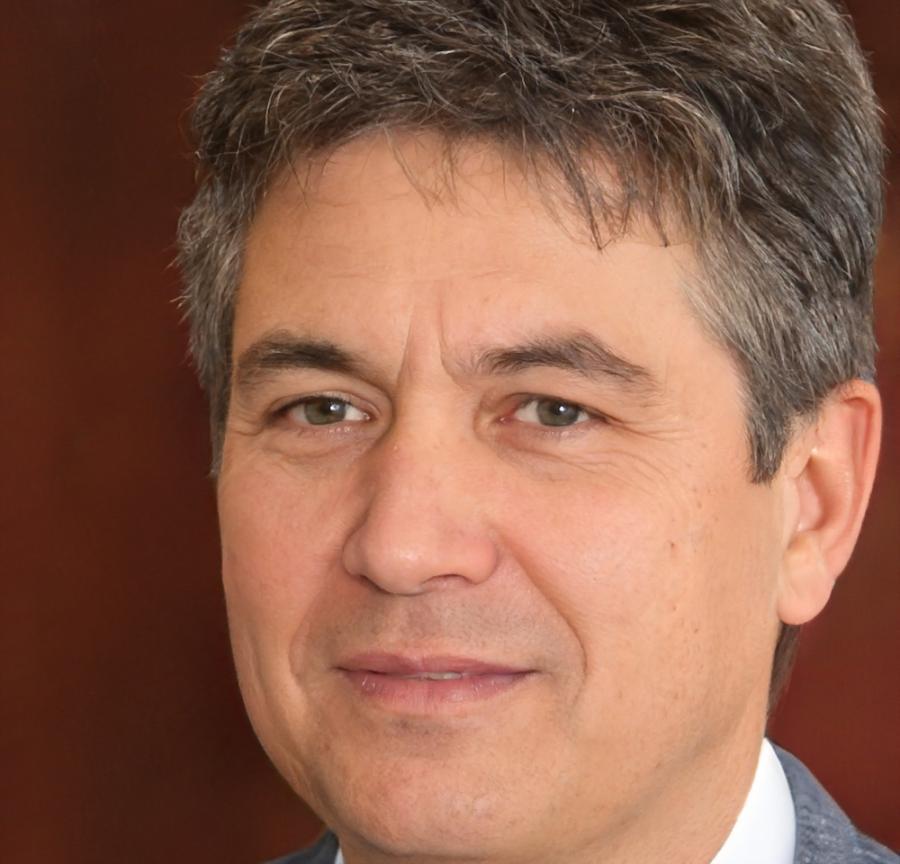Building Financial Models That Actually Work
Most people think spreadsheets are just for accountants. But when you understand how businesses really make decisions, you realize financial models are the language of strategy. We teach professionals across Thailand to speak this language fluently.
Explore Programs

What Six Years of Teaching Financial Modeling Looks Like
Back in 2019, we started with twelve people in a shared office space. They wanted to understand valuation models for their startup pitch decks. That group became our first cohort, and they taught us something important: people don't need theory. They need practical frameworks they can use Monday morning.
Different People Learn Financial Modeling Differently
Some folks learn best by building models from scratch. Others need to see real company examples first. A few want the theory before touching Excel. We structure our programs to accommodate all three approaches, because forcing everyone through the same path just doesn't work.
Build-First Approach
Jump straight into creating models. You learn valuation by building a DCF model for a real Thai company, making mistakes, and fixing them as you go.
- Weekly model-building assignments with real datasets
- Direct feedback on your formulas and assumptions
- Flexible pacing based on your schedule
- Access to recorded problem-solving sessions
Case-Driven Learning
Study completed models from investment banks and corporate finance teams. Reverse-engineer their logic before building your own versions.
- Fifteen real-world case studies from Thai companies
- Group sessions analyzing model architectures
- Evening and weekend session options
- Model template library you can adapt
Theory-Then-Practice
Start with financial concepts and mathematical foundations. Build confidence in the why before tackling the how of model construction.
- Structured curriculum from basics to advanced topics
- Concept quizzes before each building module
- Self-paced online modules with instructor support
- Monthly live Q&A sessions with program faculty
I joined their October 2024 cohort knowing almost nothing about financial modeling. Three months later, I built the valuation model my team used for our Series A fundraising. The instructors didn't just teach Excel formulas. They explained how investors think about risk and growth assumptions.
Our finance team of eight went through their corporate program in early 2025. What impressed me most was how they adapted to our industry. They used examples from real estate development instead of generic business cases. Everyone on the team now speaks the same modeling language, which has made our budget planning much smoother.
How Our Year-Long Program Actually Works
Our next comprehensive cohort starts in September 2025. It runs through May 2026 and covers everything from basic three-statement models to complex merger scenarios. Here's what the journey looks like.
Foundation Phase
Start with financial statement basics and Excel fundamentals. Build your first income statement model and learn how the three statements connect. Most people finish this phase feeling comfortable reading 10-K filings.
Weeks 1-8Valuation Methods
Learn DCF, comparable company analysis, and precedent transactions. You'll build valuation models for at least six companies across different industries. This is where things start clicking together and you see why certain companies trade at different multiples.
Weeks 9-20Advanced Applications
Tackle LBO models, merger models, and scenario planning. Work on a group project modeling an actual M&A transaction. This phase separates people who can follow instructions from those who understand the strategic logic behind financial decisions.
Weeks 21-32Capstone Project
Choose a company or deal you're interested in and build a comprehensive financial model. Present your analysis to instructors and peers. Several participants have used their capstone projects in job interviews or internal company presentations.
Weeks 33-36



